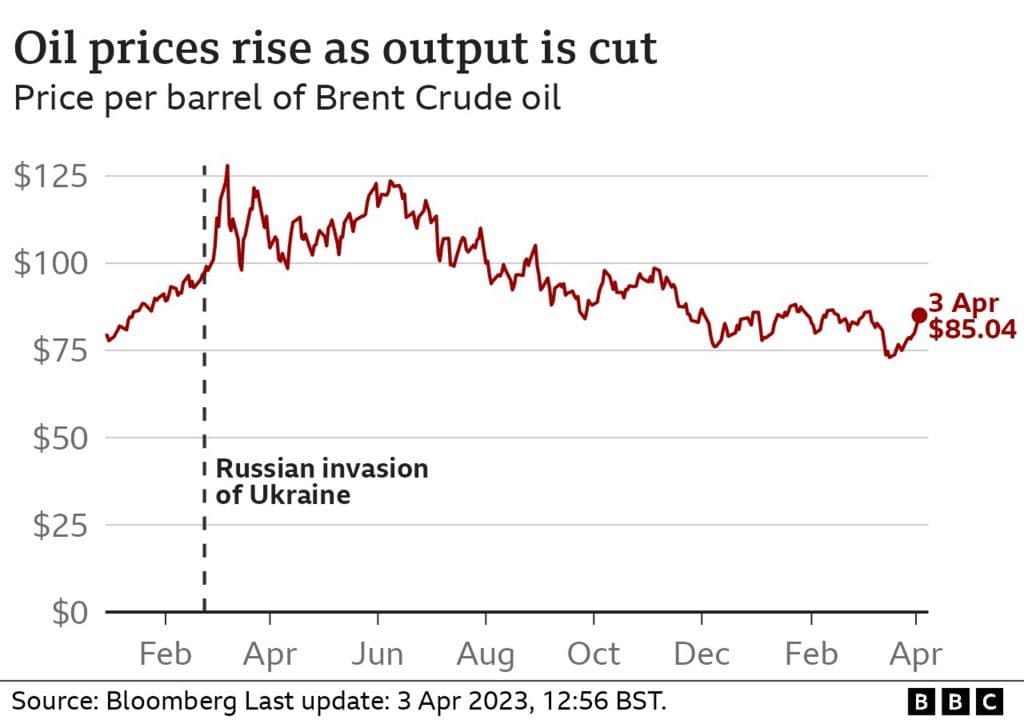UAE Pledges Up to $50 Billion Investment in Canada
The United Arab Emirates announces a framework to invest up to $50 billion in Canada, targeting artificial intelligence, energy, logistics and mining during a visit by Canada’s prime minister to Abu Dhabi. The move signals deeper Gulf capital flows into developed markets, with potential consequences for Canadian industrial strategy, foreign investment rules and technology partnerships.

The United Arab Emirates unveiled a bilateral investment framework on November 21 that commits up to $50 billion in potential investment in Canada, targeting strategic sectors including artificial intelligence, energy, logistics and mining. Announced during a visit by Canada’s prime minister to Abu Dhabi, the initiative identifies state linked tech group G42 and a new investment arm called XRG linked to ADNOC as likely actors, and cites sovereign funds and corporate partners as potential backers.
The announcement comes amid a broader Gulf strategy to export capital into developed economies while securing access to technology and natural resources. For Canada the pledge represents an extraordinary pool of foreign capital aimed at sectors that Ottawa has prioritized for growth and national resilience. Artificial intelligence is a focal point for Canadian innovation policy, and mining and energy investment aligns with Canada’s role as a global resource supplier.
Market reaction is likely to focus on potential deal flow across technology companies, critical mineral projects and energy infrastructure. Large outbound commitments from Gulf investors tend to spur mergers and acquisitions, project financing and strategic partnerships that can accelerate development timelines. For the Canadian technology sector, new capital could support scaling of AI firms and attract talent, but it will also raise questions about control of sensitive data and intellectual property.
The framework arrives against a backdrop of heightened regulatory scrutiny of foreign investment in Canada. Transactions involving critical technologies, data assets and infrastructure are subject to review under the Investment Canada Act and to national security reviews. Authorities in Ottawa face a balancing act between attracting large scale capital and protecting strategic interests. Expect negotiations to involve terms on governance, technology transfer, local participation and compliance with Canadian regulatory standards.
Longer term, the deal underscores two converging trends. Sovereign wealth funds and state linked investors from the Gulf have been reallocating portfolios toward developed market equities, infrastructure and technology in pursuit of returns and strategic diversification. At the same time, developed market governments are recalibrating industrial policy to secure supply chains for critical minerals, decarbonization technologies and advanced computing capabilities. The UAE framework maps directly onto both objectives by channeling capital to resource development and AI driven industries.
Economic outcomes will depend on the speed and scope of concrete transactions, and on the degree to which Ottawa imposes conditions. If structured as equity investments and joint ventures, the inflows could bolster project pipelines and employment in resource regions and tech hubs. If political or regulatory hurdles constrict deal making, the announcement could remain a headline level pledge rather than a transformational capital shift.
For investors and policymakers the central questions now are how quickly commitments move from framework to executed deals, what governance safeguards are attached, and how this influx of Gulf capital reshapes Canada’s industrial landscape over the coming years.

